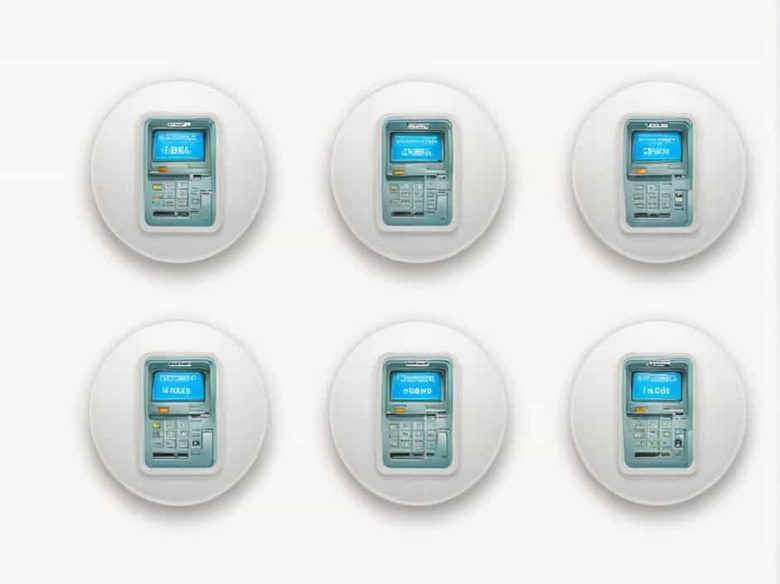Automated Teller Machines (ATMs) have become an integral part of India’s banking infrastructure providing convenient access to cash and banking services across the country. Estimating the exact number of ATMs in India involves analyzing various sources and understanding the different types of ATMs operating nationwide.
Types of ATMs in India
India’s ATM network comprises several categories:
-
Bank-Owned ATMs: Operated directly by banks these ATMs serve their customers and through interbank networks customers of other banks as well.
-
White-Label ATMs (WLAs): Introduced by the Reserve Bank of India (RBI) in 2012 WLAs are operated by non-bank entities. Their purpose is to enhance ATM penetration in underserved areas providing banking services without direct bank ownership.
-
Brown-Label ATMs: These ATMs are owned by service providers but bear the branding of banks. The bank is responsible for cash management and network connectivity while the service provider handles the hardware and maintenance.
National Financial Switch (NFS) and Its Role
The National Financial Switch (NFS) managed by the National Payments Corporation of India (NPCI) is the largest network of shared ATMs in the country. It facilitates interconnectivity among various banks’ ATMs enabling customers to access their accounts from any ATM within the network.
As of January 31 2022 the NFS network connected over 255000 ATMs including cash deposit machines and recyclers. This extensive network underscores the widespread availability of ATMs across India.
White-Label ATMs: Enhancing Accessibility
White-Label ATMs have played a significant role in increasing ATM accessibility especially in rural and semi-urban areas. As of March 2023 over 35800 WLAs had been deployed across India. These ATMs are crucial in regions where traditional bank branches and ATMs are limited ensuring that banking services reach a broader population.
Growth and Distribution of ATMs
The growth of ATMs in India has been influenced by various factors:
-
Urban vs. Rural Deployment: Initially ATMs were predominantly installed in urban areas. However with initiatives like WLAs there’s been a concerted effort to expand into rural regions addressing the financial inclusion agenda.
-
Technological Advancements: Modern ATMs offer more than just cash withdrawals. Services like cash deposits fund transfers and bill payments have made ATMs multifunctional increasing their utility and demand.
-
Banking Policies: Regulatory guidelines and policies by the RBI have encouraged banks and non-bank entities to expand their ATM networks ensuring standardized services and security measures.
Challenges in Estimating the Exact Number
While available data provides a substantial estimate of the number of ATMs several challenges affect pinpoint accuracy:
-
Data Overlap: Some ATMs might be counted multiple times across different categories or networks leading to inflated numbers.
-
Decommissioned ATMs: ATMs that are no longer operational may still be listed in databases skewing the actual count.
-
Rapid Changes: The dynamic nature of ATM deployment with new installations and decommissions happening regularly makes real-time tracking challenging.
Estimating the exact number of ATMs in India requires navigating various data sources and understanding the nuances of ATM classifications. As of early 2022 the National Financial Switch network connected over 255000 ATMs highlighting the extensive reach of banking services. Additionally the deployment of over 35800 White-Label ATMs by March 2023 emphasizes efforts to enhance accessibility particularly in underserved regions. Despite challenges in obtaining precise numbers it’s evident that ATMs continue to play a pivotal role in India’s banking landscape bridging the gap between traditional banking infrastructure and the diverse needs of its population.



